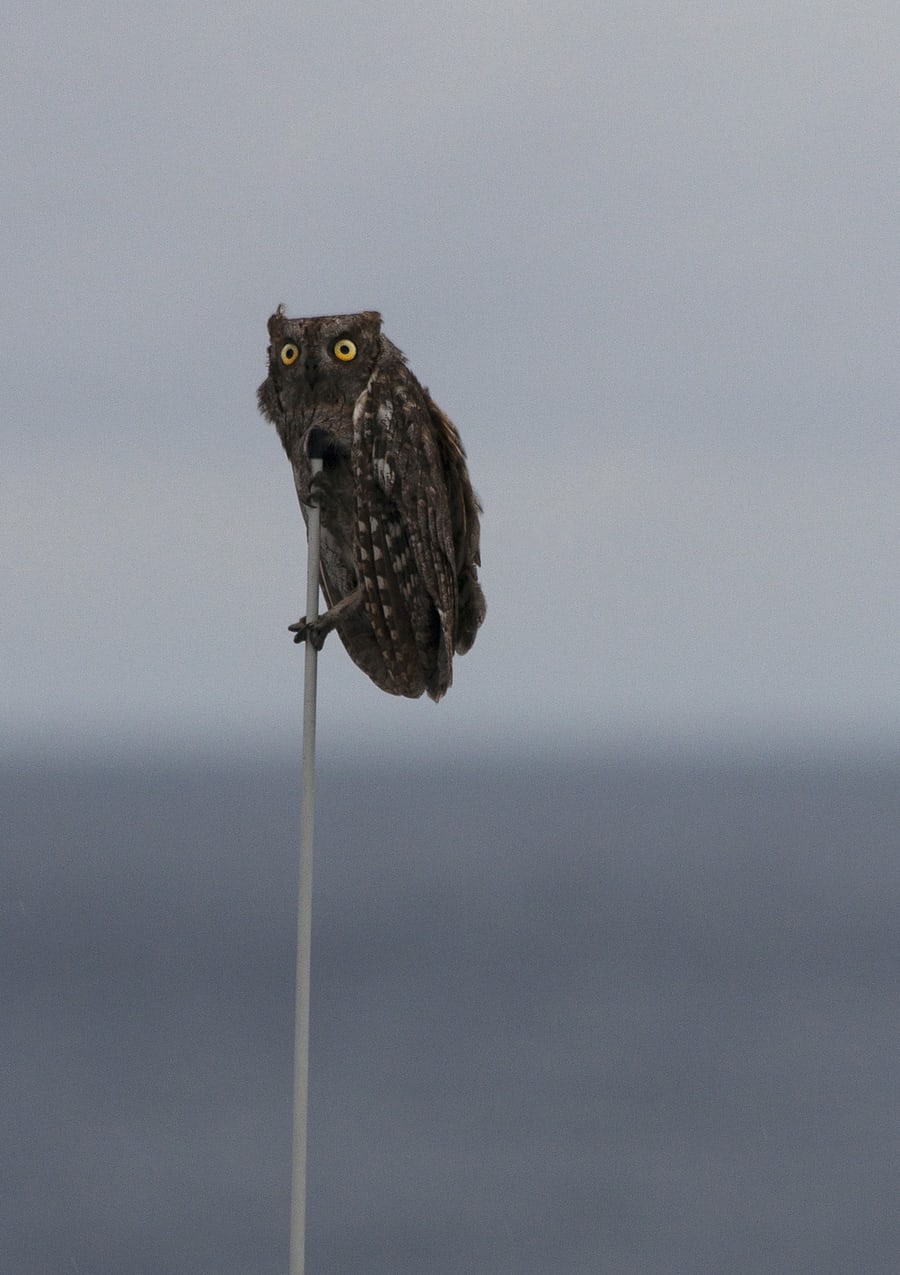“The early bird gets the worm.”
“Early to bed and early to rise, makes a man healthy, wealthy and wise.”
You’ve probably heard a proverb or two in one of the world languages that praise rising early as a guaranteed way to boost productivity. It kind of makes sense. After all, were it a non-issue, why would so many cultures around the world try their best to instil it into people’s minds? But we know by experience that it does not really work for everybody, does it?
Productivity and Morning-/Evening-ness
That’s why we’ve all been asked, “Are you a morning person or a night owl?” because a common misperception is that if you can’t get up easily in the morning, then it means you can stay up late all right and so on. But, according to research, being a morning or evening person are not the only two types out there: “It’s estimated that some 50% of the population isn’t really morning or evening-oriented, but somewhere in the middle.” In other words, there’s a real difference between how people function at their peak during a 24-hour cycle, and it’s not simply down to being a morning or evening person. Here you can read more about two other scientifically tested types.
Other research suggests our days go through cycles of high and low productivity. For instance, “productivity among office workers worldwide is at its highest point at 11 a.m., and plummets completely after 4 p.m.” with “about 75% of people tend[ing] to be the most mentally alert between 9 a.m. and 11 a.m.” whilst “[s]leepiness also tends to peak around 2 p.m., making that a good time for a nap.” There are also weekly cycles with one study “showing Tuesday morning as the most productive time for Brits” and, unsurprisingly, Friday being the day “we get the least amount of work done [with] a 20% drop in productivity across the globe.”

So considering all this, it’s important to find out what type you are—or, simply, what your peak productivity time is during the day (or night!). There are tools you can use, such as this questionnaire (or this simplified version), to find out where you fall on the morning-ness/evening-ness spectrum. The best strategy, then, is to find out your type and try to schedule the most effective and efficient hours of activity during that window unique to your body clock.
Studying within your peak-time window can make the time spent so much more effective and get you the results you’ve aimed for. More importantly, during these windows you become very time-efficient, i.e. you wouldn’t probably have to read the same passage over and over again in order to understand what it’s saying.
9 Steps to Pocket Productivity
So where does all this lead to? Are we saying there’s basically a couple of hours here and there during an entire day that you can—and should—take advantage of whilst the rest is mere chugging along to the rhythm of your espresso machine? Well, not exactly.
You should:
- Keep logs to identify your most productive hours
- Prioritise your most important tasks (MITs)
- Schedule these tasks for your peak-time hours
As this article recommends. These are critical steps to a successful study schedule. At the same time, further research reveals “innovation and creativity are often the greatest in moments of fatigue, based on our circadian [i.e. daylong] rhythms.” Therefore:
- Divide your MITs into two rough categories: critical thinking vs creative thinking
- Tackle critical thinking, or thinking-intensive, tasks for your hours of high productivity
- Leave creative thinking, or any task that needs open-ended and non-linear thinking such as brainstorming, for when you want to relax and stay low-key
A great tool to help you with all these steps is a read-it-later or bookmarking app that you can use on your computer, tablet, as well as smartphone. Here’s an overview of 18 of them. My personal favourite is Pocket (for which you can watch a tutorial here). You can define tags for different kinds of reads you come across (articles, webpages, blogposts, &c), conveniently save them to and sync across your devices, and go back to whichever feels the right read later on. So, after downloading Pocket (or any other read-it-later app) on all your devices:
- Define personalised tags based on your own cycle of productivity/creativity
- Save reading material and tag accordingly
- Open the app on the device that feels right for the kind of reading ahead, choose the correct tag and item in order of priority, and dive in

Another advantage of these apps is that they help you get rid of all those tabs pinned to the top of your browser! What happens usually is we may pin multiple tabs and end up not remembering why we had pinned them in the first place, which could easily be avoided by the metadata you write in your tag as you’re saving a webpage. And you wouldn’t have to close them after they’ve been gathering virtual dust and your browser is painfully slow. No cluttered or crashing browsers, crucially you’ll be leveraging both your productivity and creativity peak times and squeezing the last drop of juice out of your daily schedule.
What could be better.
![You are currently viewing 9 Simple Steps to Boost Your Productivity in a Jiffy [+Infographic]](https://avidemia.com/wp-content/uploads/featured001.jpeg)

![Read more about the article 5 Practical Considerations When You Watch TV [+Infographic]](https://avidemia.com/wp-content/uploads/Featured-scaled.jpg)
![Read more about the article How to Protect Vision Health in 9 Tested Ways [+Infographic]](https://avidemia.com/wp-content/uploads/photo-1494869042583-f6c911f04b4c.jpeg)
It was very useful, thank you for your good site🌹